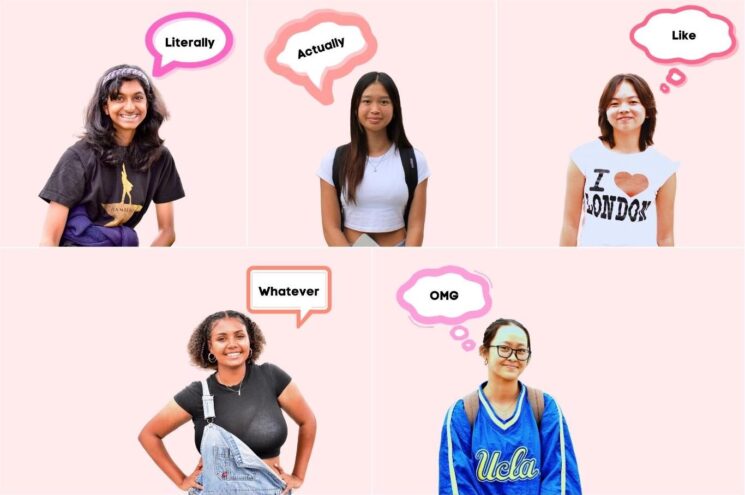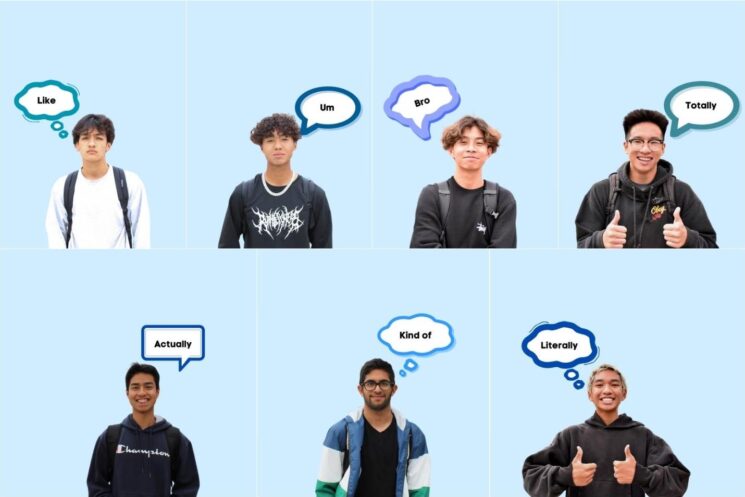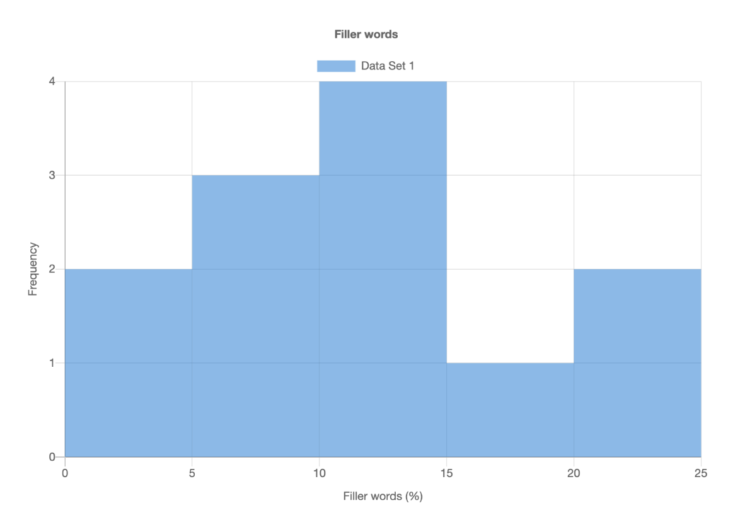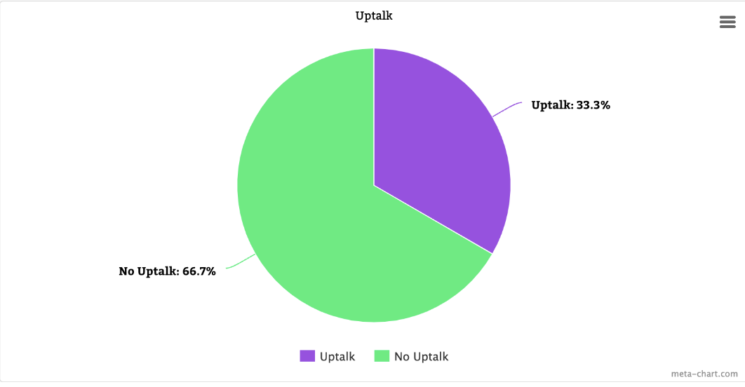
By Emily Chan & Hannah Park
The Valley girl accent dates back over 40 years. Musician Frank Zappa’s song, titled “Valley Girl” (1982; Language Warning), cemented this Southern California stereotype into popular culture. This accent, also known as Valspeak, is primarily associated with materialistic girls living in the affluent San Fernando Valley (hence the name).
Valspeak uses filler words, such as “like,” “totally” and “whatever,” as well as uptalk (when someone ends their sentence on a higher pitch) and vocal fry (using a raspy, low register). That being said, the Valley accent often sounds friendly when used in conversation.
Some famous characters with this infamous accent include Cher from “Clueless,” The Tweevils from “Bratz: The Movie,” and Elle Woods from “Legally Blonde.” That being said, does this stereotypical accent actually exist?
In order to measure its presence among Fountain Valley High School (FVHS) students, we’ve taken a statistical random sample. In order to eliminate bias, reporters interviewed every 10th student they saw in the Bowl. The total sample size was 12 students: six girls and six boys.

*Not all pictured students were part of the sample.
To collect speech data, we asked students one of these two questions: “What bores you?” or “What are you passionate about?” Such extreme questions were bound to elicit interesting, natural responses! Let’s look at the results.
What we counted as filler words: “Um,” “Like,” “Kind of,” “Totally,” “Whatever,” “Bro,” “OMG,” etc.
Valley girl indicator #1: Filler words

According to Rosemary Ravinal’s Master Communication Blog, “Fillers constitute about 6 percent of what we utter during spontaneous speaking.” How do FVHS students measure up?
Unfortunately, Fountain Valley’s students might be more “Valley” than the average person—due to our penchant for “likes” and “ums,” the average filler word percentage of our sample was 12%. That’s double the usual rate.
That being said, two students had filler word percentages below Ravinal’s average (with an impressive 3.8 and 4.3%).
Valley girl indicator #2: Uptalk

Not much data is available on the average American’s use of uptalk. However, popular culture is familiar with people who make every sentence sound like a question.
For example, someone using uptalk might say, “I didn’t know you were coming today?” Instead of the usual, “I didn’t know you were coming today.”
Around a third of sampled students used uptalk. However, the real level of uptalk might differ, since people generally use more uptalk when they feel less confident. To illustrate, male contestants on the popular game show Jeopardy used uptalk 27% of the time when they had the correct answer, and 57% of the time when answering incorrectly. Similarly, our interviewees may have felt more pressured and nervous than usual—leading to more uptalk.
Interestingly, uptalk is said to be more common among women. Because young women feel the pressure to fit in, they try to appear less aggressive by avoiding outright statements (ex. “I don’t think that’s correct?” versus the more assertive “I don’t think that’s correct.”). While this may be true in general, there was no difference in uptalk between boys and girls in our sample (33.3% of boys and 33.3% of girls).
Valley girl indicator #3: Vocal Fry
Luckily, none of our sampled students used vocal fry (you can listen to an example by Kim Kardashian if you’re unfamiliar with how it sounds). As the name suggests, using too much of it can damage one’s voice!
According to Mayo Clinic’s Dr. David Lott, using vocal fry means that one’s vocal folds are “vibrating chaotically.”
“The vocal folds aren’t really designed to do that for long periods of time. So the more chaotic the vocal folds vibrate, the more likely you are to develop nodules or scars.”
Dr. David Lott
Gender analysis: Is Valspeak limited to girls?
In order to compare Valspeak levels across genders, we gave each individual an overall “Valley Girl” score. We computed it using this formula:
Valley Girl score = (% of filler words) + 10 (if used uptalk) + 10 (if used vocal fry)
The average Valley Girl score for boys was 13.6 points, with a standard deviation of 6.5 points (this means that the typical score deviated from the average by about 6.5 points). The minimum score was 4.3 points, while the maximum score was 22.1 points.
On the other hand, the average Valley Girl score for girls was 17.2 points, with a standard deviation of 10 points (typical deviation from the average was about 10 points). The minimum score was 3.8 points, while the maximum score was 30.5 points.
Overall, the sampled girls had a slightly higher average Valspeak score. However, their scores also had more variability than the boys’. While the boys’ scores were more consistent, there were more girls at the low extremes (the lowest Valspeak score belonged to a girl) and the high extremes (the highest Valspeak also belonged to a girl).
Conclusion
Based on filler word usage and uptalk, FVHS students show signs of being “valley girls”! However, we don’t conform completely to the stereotype, as confirmed by the total lack of vocal cord-frying. What’s more, boys also exhibit signs of the “valley girl” accent, which suggests that this infamous accent isn’t limited to the female gender.
But take all of this with a grain of salt! (Maybe even a spoonful of salt.) Our reporters aren’t practiced statisticians (although we are statistics students), and our sampling method was prone to error. Some people simply didn’t want to be interviewed, making it hard to objectively analyze the way people spoke. And, our sample size was extremely small: it wasn’t representative of the whole student population.
Regardless, we had mountains of fun collecting data. We hope you found this analysis entertaining! Maybe you bros will, like, pay attention to the way you speak in the future, because oh my gosh, accents are TOTALLY cool!!!





